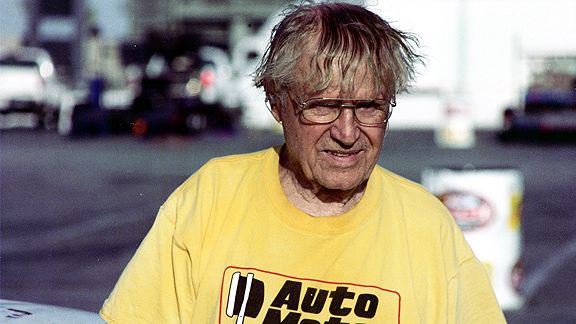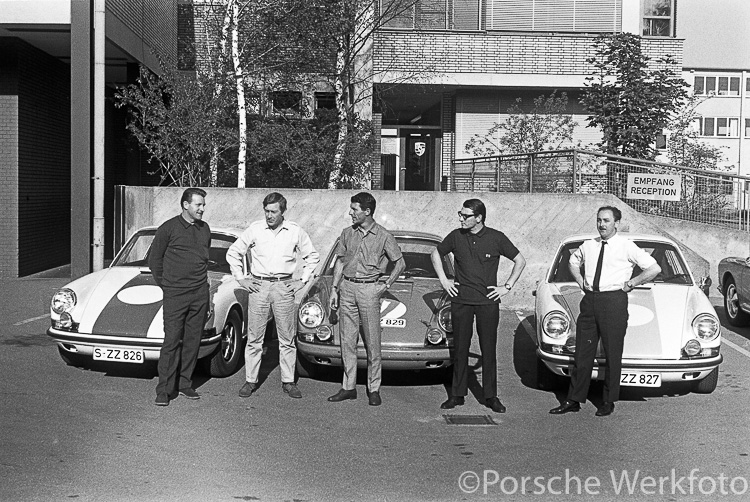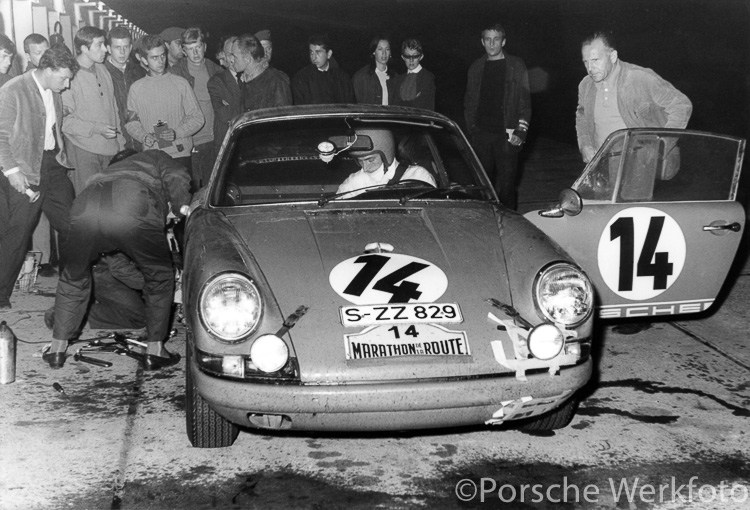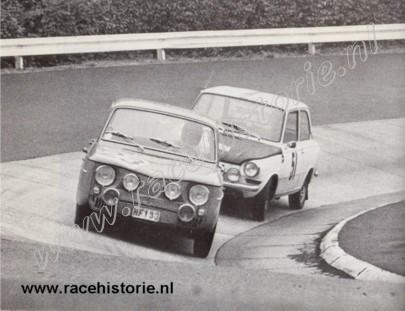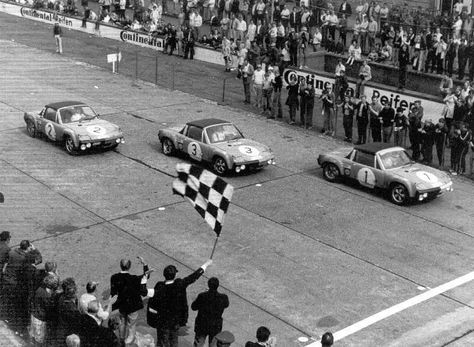The USAC Stock Car Series was a classic tour throughout the 1970s, and was a great series for those who didn’t have the finances for Winston Cup. It mostly ran in the midwest, with frequent races at Milwaukee, Springfield, and DuQuoin. Despite its love of milers, the series only ran at Syracuse once – and the one time it did, it was a mess.
The Moody Mile, as the New York State Fairgrounds track was called, opened in 1893 and saw motor racing very early on. The Syracuse, New York miler saw a plethora of series through its controversial closure and demolition in 2015, including several early NASCAR Grand National races. The USAC Stock Cars ventured up to the snowiest city in the states in 1970, ready to provide New York State with a pony car showdown. Don White, who mostly stayed in the USAC Stock Cars during his career, won the pole for the 100-mile showdown, to be held June 13.

Phoenix native Roger McCluskey, usually a high qualifier and one of a couple USAC Stock Car drivers who ran in the open wheel Champ Car division, did not show for time trials, as he was busy racing in Langhorne, Pennsylvania. Team owner Norm Nelson qualified McCluskey’s car, and was on standby in case McCluskey didn’t make it to the Fairgrounds – qualifying was held just a few hours before the stock car race – however McCluskey’s plane arrived in time for the race, right as White was being presented with his award for the best time. He was forced to start at the back.
The race actually went pretty cleanly, with only one known caution period, for Eldon Rasmussen breaking down and having to drop out of the race. Don White’s day also didn’t go too well, as distributor issues plagued his car and eventually forced his retirement. Butch Hartman of South Zanesville, Ohio led much of the race before things started to get interesting. McCluskey was approaching fast.
On lap 68, McCluskey finished his charge to the front and finally got by Hartman in turns one and two. As he did this, Dale Koehler, Sr. of Kiel, Wisconsin, who was running off the lead lap, spun his car on the backstretch. Koehler, Sr.’s #33 Downtown Auto Body ’69 Chevy Chevelle stalled on the straight, and while he tried to get the car re-fired, he was struck hard in the door by McCluskey’s Plymouth Roadrunner, then immediately after by Hartman’s Dodge Charger. Several more cars spun all over the place, and third place Verlin Eaker’s car piled into the mess, as did the cars of local legend Jim Shampine, newcomer Les Heikkila, and Ross Smith. Officials threw the red flag for the crash, and marshals ran to assist the drivers from their cars.

The crash was devastating, writing off several cars, including Koehler’s (seen above). USAC officials quickly chose to end the race, and while Roger McCluskey had been leading at the time, officials reverted to the results of the last completed lap, as required by the USAC rulebook. Butch Hartman was given the win, with McCluskey in 2nd and Verlin Eaker in 3rd. Koehler finished 8th. So many cars were badly damaged that a USAC late model event at the Lancaster National Speedway planned for June 14 had to be canceled due to too few cars being available.

As for the drivers, Roger McCluskey suffered a broken nose and damaged cheekbone in the accident. His team owner, Norm Nelson, drove in his stead for a couple of weeks before Roger made his return in early July. This crash was merely a roadbump in what was otherwise a dominating year for McCluskey, who despite being out for a few rounds still won the 1970 title, his second and final. He would race in the series on and off through 1979. Koehler, Sr., a part-timer in the series, was out for the rest of the year with neck injuries. He later recovered and returned to the series. Race winner Butch Hartman, who was uninjured, raced through 1981, winning five championships. Despite the USAC Stock Car Series’ love for the mile long dirt tracks, they never again returned to Syracuse.
It’s unfortunate that the physical legacy of this memorable accident, along with many more, disappeared into the ether when the Moody Mile was demolished by the state government in 2015.
Sources:
“Wreck Stops USAC Stocks”, Dayton Daily News, June 14, 1970
“Hartman Wins USAC Test”, Democrat and Chronicle (Rochester, NY), June 14, 1970

